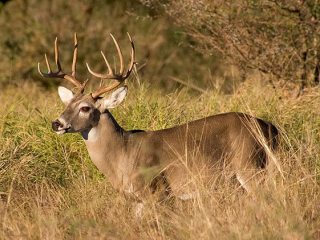Early season hunting is roughly defined as the beginning of bow season throughout most of October. Although the onset of the pre-rut varies geographically across the country, most states see deer movements and patterns change around the end of October. Determining these early season movements and patterns and learning how to hunt them is paramount to your success.
Many associate this time of year with high temperatures and pesky mosquitoes and stay at home. But it should also be associated as arguably the best time of year to take down a monster. Most experts agree that the first step for early season success is scouting in early summer. Observing deer from a good distance with binoculars in agricultural fields is a good starting point this time of year.
With the previous deer season long over with, the deer have their guard down and feel relatively safe feeding in these fields. This can give you a good idea of where deer are on your property and what direction they are coming from, and this just might be the piece to the early season puzzle you need to put a trophy on your wall.
Now that you have established the direction the deer are headed to the food source, which can also be white oak acorns or lush vegetation, the next key is to locate their bedding areas. In locating these bedding areas it is important to understand the white-tailed deer’s movements during these high temperature months. This is simple because they do not move that much.
Most of the time big bucks bed down less than 75 yards from their primary food source. Besides traveling to feed the only other time deer will leave these bedding areas this time of year is for water, unless you get too close and bump them out. So it goes without saying that if you can determine bedding areas with food and water close by, you are in the right place.
For those new to deer hunting or hunting a new property this poses a legitimate question. How do I determine these “bedding areas”? The best way to do this is shortly after the season ends. This time of year the rut has ended and deer are back on their normal schedule, also trails are well defined and easier to notice. Following deer trails from feeding areas works best to establish where they bed down.
Typically deer prefer dense cover such as tall grass, thickets tough to walk through, and grown up clear cuts. While following these trails look for matted down areas with deer droppings, this is a sure sign you have found their bedroom. Once you have established these areas, STAY OUT. As long as these environments stay the same you can safely assume deer will inhabit these bedding areas year after year.
It is important to note a few common mistakes hunters make during the early deer season. One of the easiest mistakes is going to your favorite stand from last season’s rut on opening day. Last year it was full of scrapes and rubs and you hope that big boy from a year ago comes cruising through. You get skunked and say: “the deer left the property”. In truth he is probably not far off, but as previously mentioned the deer are not moving in the early season like they will do during the rut.
Keep your November hot spot fresh by staying out in September and early October and hang a couple stands closer to the primary food source. Probably the biggest mistake hunters make year after year is not allowing the wind to dictate where to hunt that day, which is easy to do.
Predetermining where you will hunt that day, regardless of the wind, can be a recipe for disaster. This is why it is very helpful to have different stand locations for different wind directions. Keeping your scent away from the direction the deer are traveling to feed is crucial to your success. Hunting the same stand all season and not paying attention to wind direction are surefire ways to bump mature bucks off your property forever.
For those who are targeting mature bucks this time of year there is one last key area to determine, which is locating “staging areas.” Staging areas for whitetails in the early season are generally places between where they bed and feed. Here mature bucks feel safe and will remain until dark before they enter their food source.
These staging areas are often times the only chance a hunter has at getting a shot at a trophy before the rut. Identifying such spots can be especially important in highly pressured regions such as most of the south and parts of the northern United States. Walking into these spots can be very tricky due to the fact they are normally close to the deer’s bedroom. In early season such staging areas are often only twenty-five or so steps off the food source on a deer trail.
Walk slowly and quietly and use scent masking products to their fullest. Remember not to walk too far down these trails and alert bedded deer; you can always move a little closer next hunt. Hopefully these tips will help you understand the ways of whitetails in the late summer and early fall months. Nail down where they are eating, where they are bedding and where the water source is, and nail a trophy to the wall. Good luck.
Deer
-
Let's go surfin' dude!
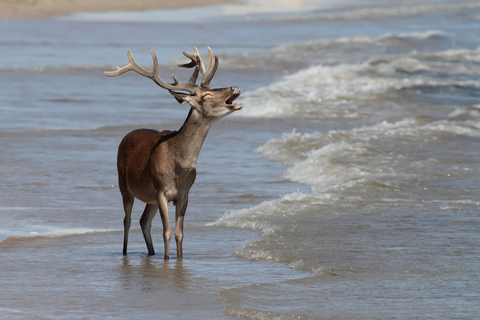
-
Beautiful whitetail deer
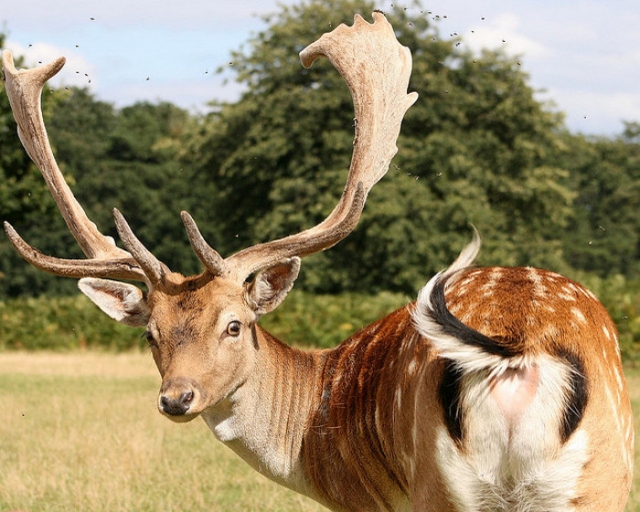
-
Do these stripes look like targets?
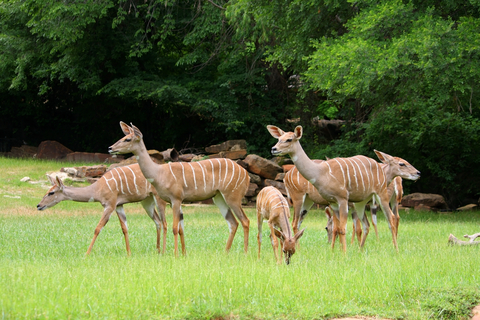
-
Deer down
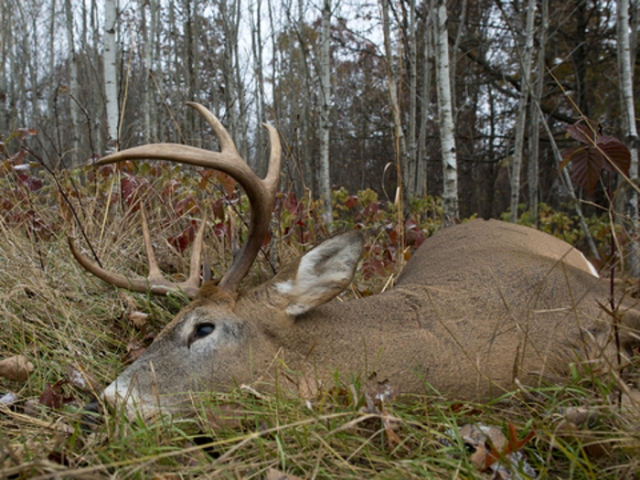
-
Maybe this rock will provide cover.

-
Hey little guy.

-
I'm a pretty boy.
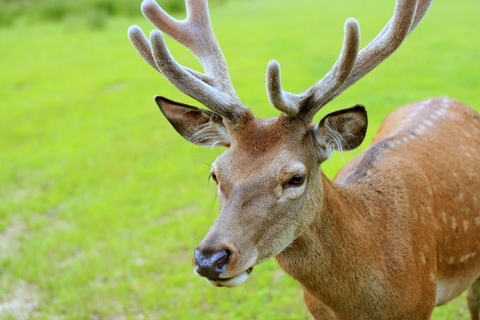
-
Do my ears look big to you?
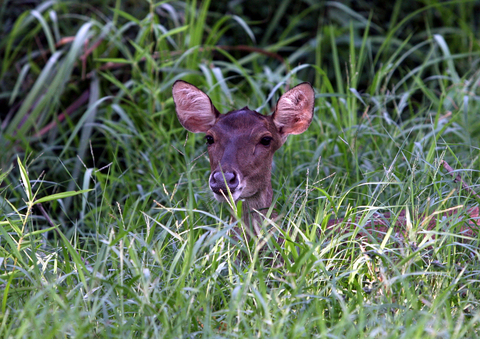
-
The perfect shot

-
I'm just going to learn to like this stuff.
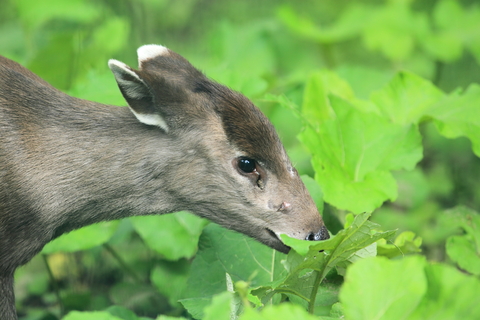
-
A rare albino deer
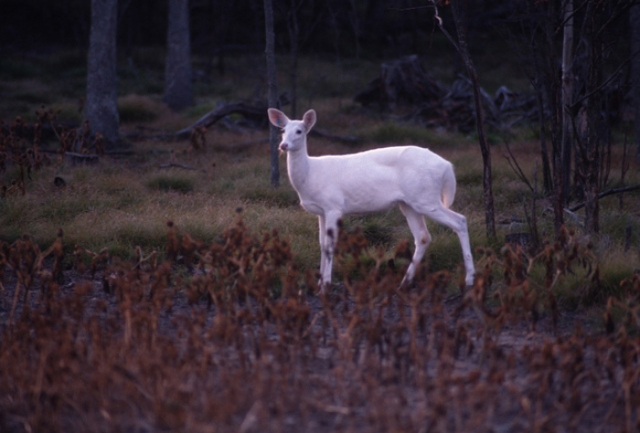
-
Blacktail deer in dry grass
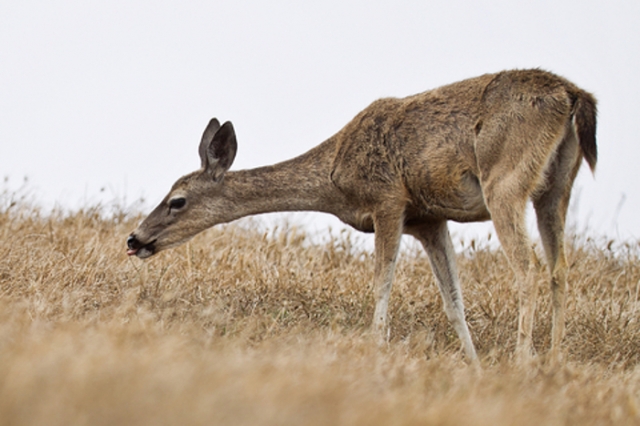
-
Blacktail deer on lush hillside
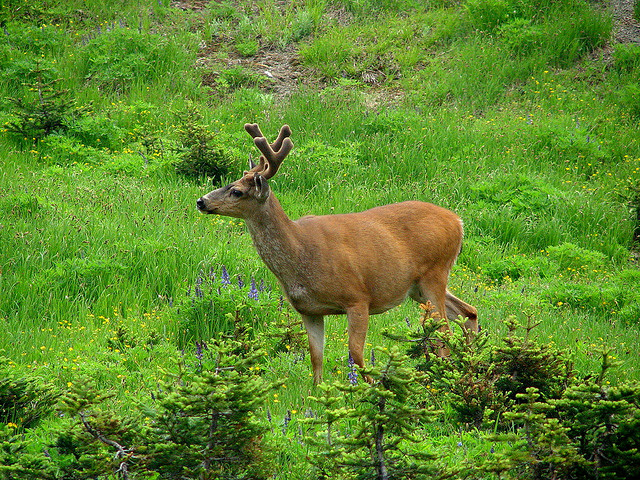
-
A leen blacktail deer seeks shade
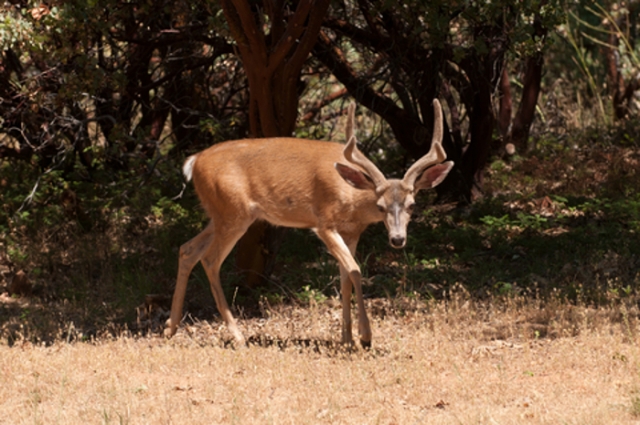
-
Deer in Brownfield, Texas
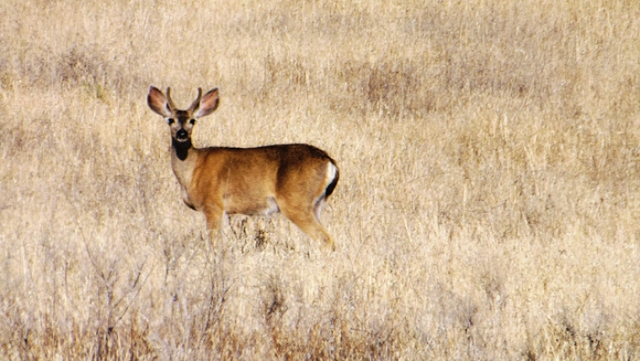
-
Deer in the rain
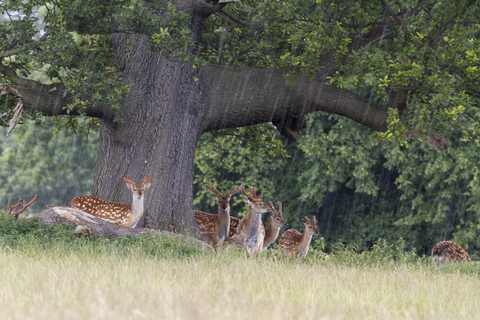
-
Red deer with beautiful antlers
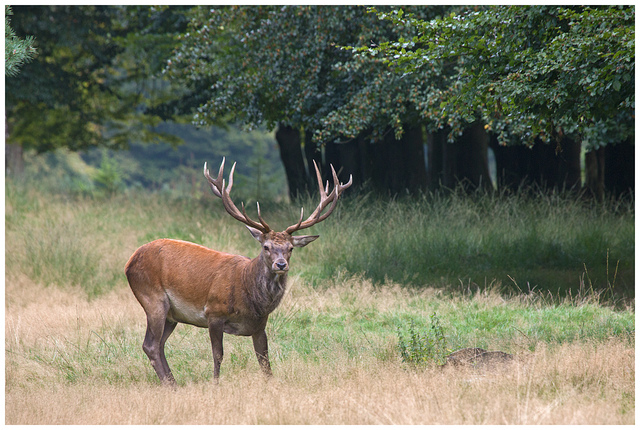
-
Red deer on a hillside
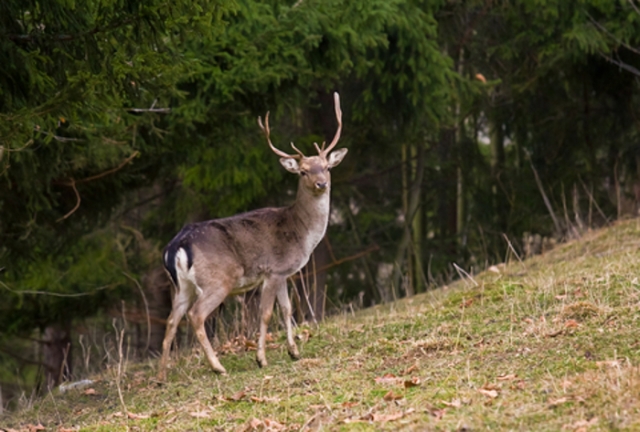
-
Jump! Let's go!
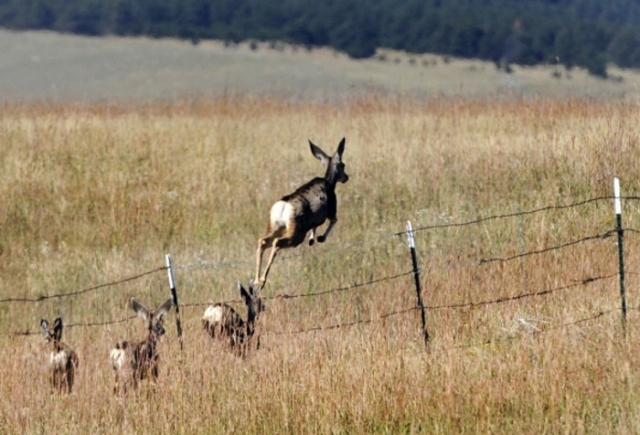
x-default
